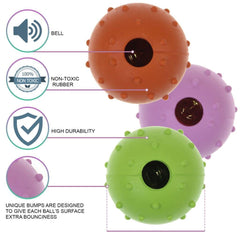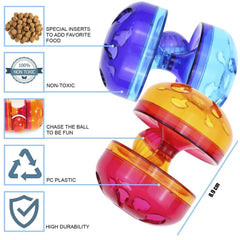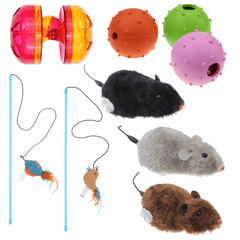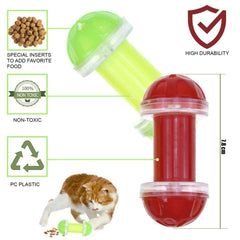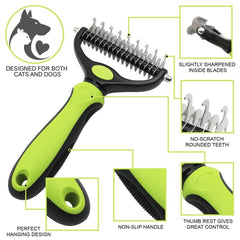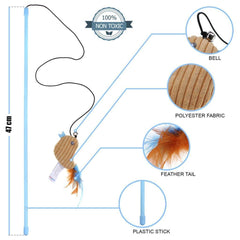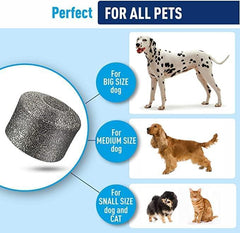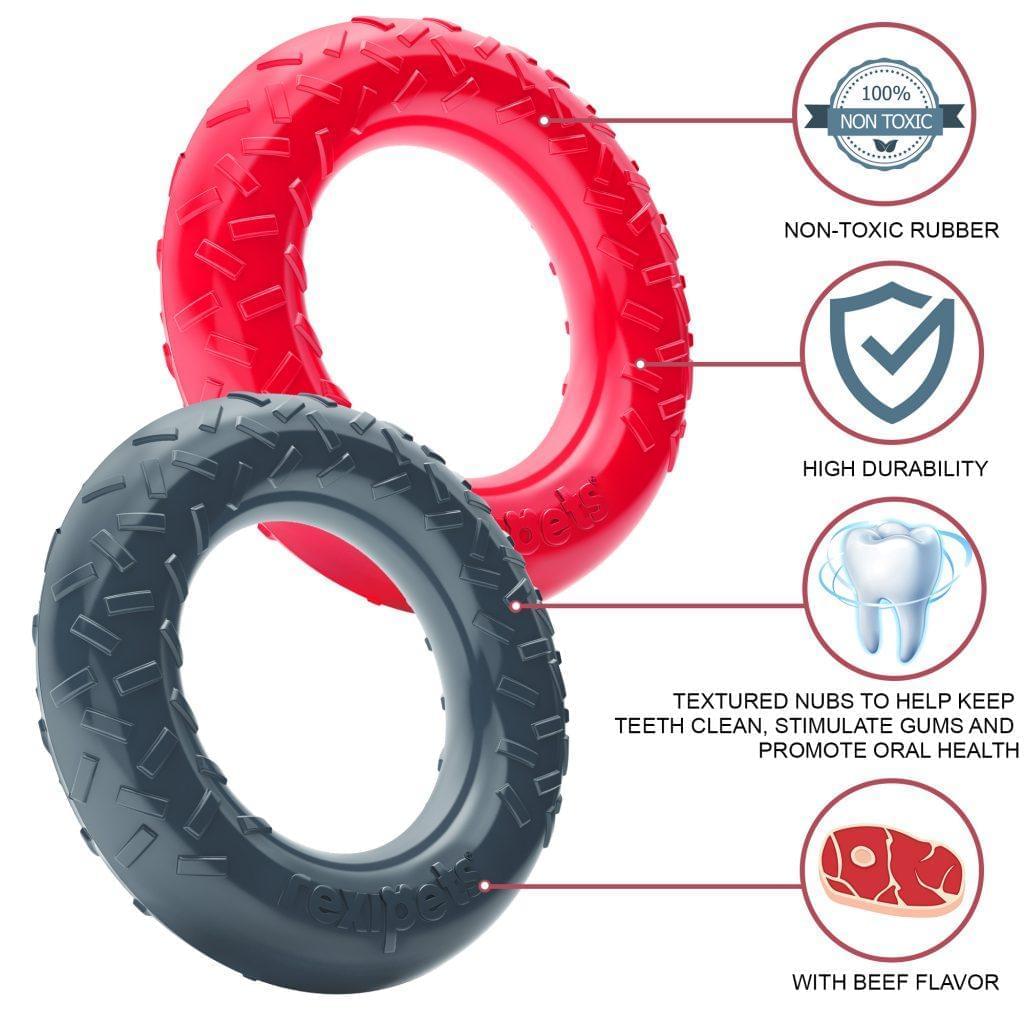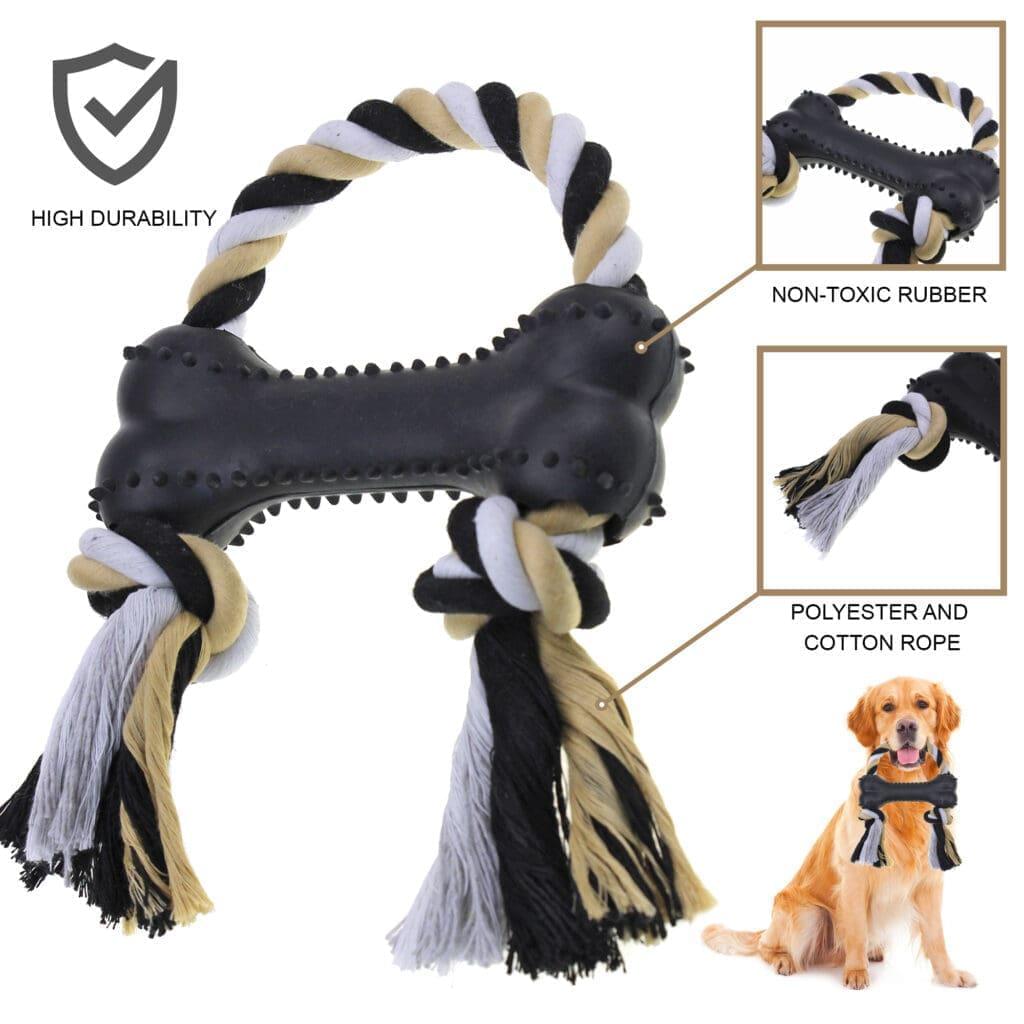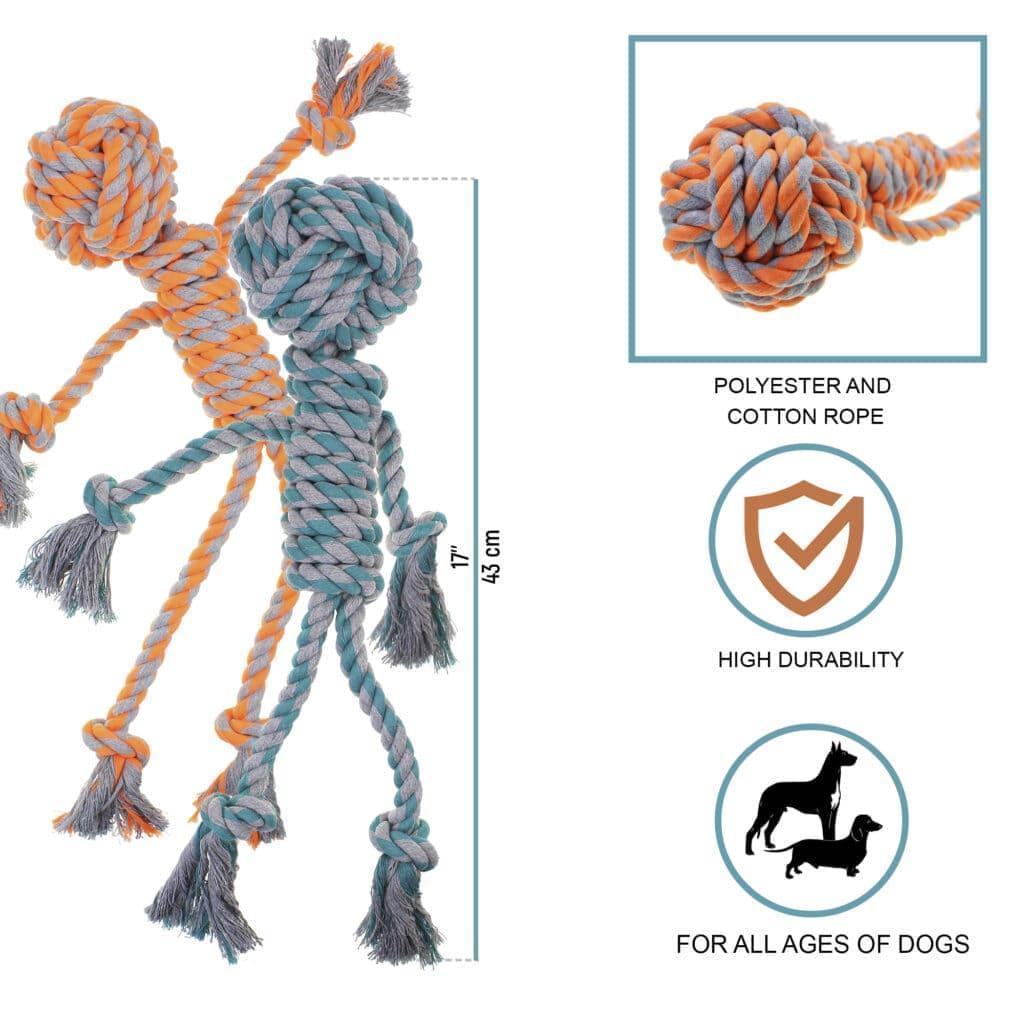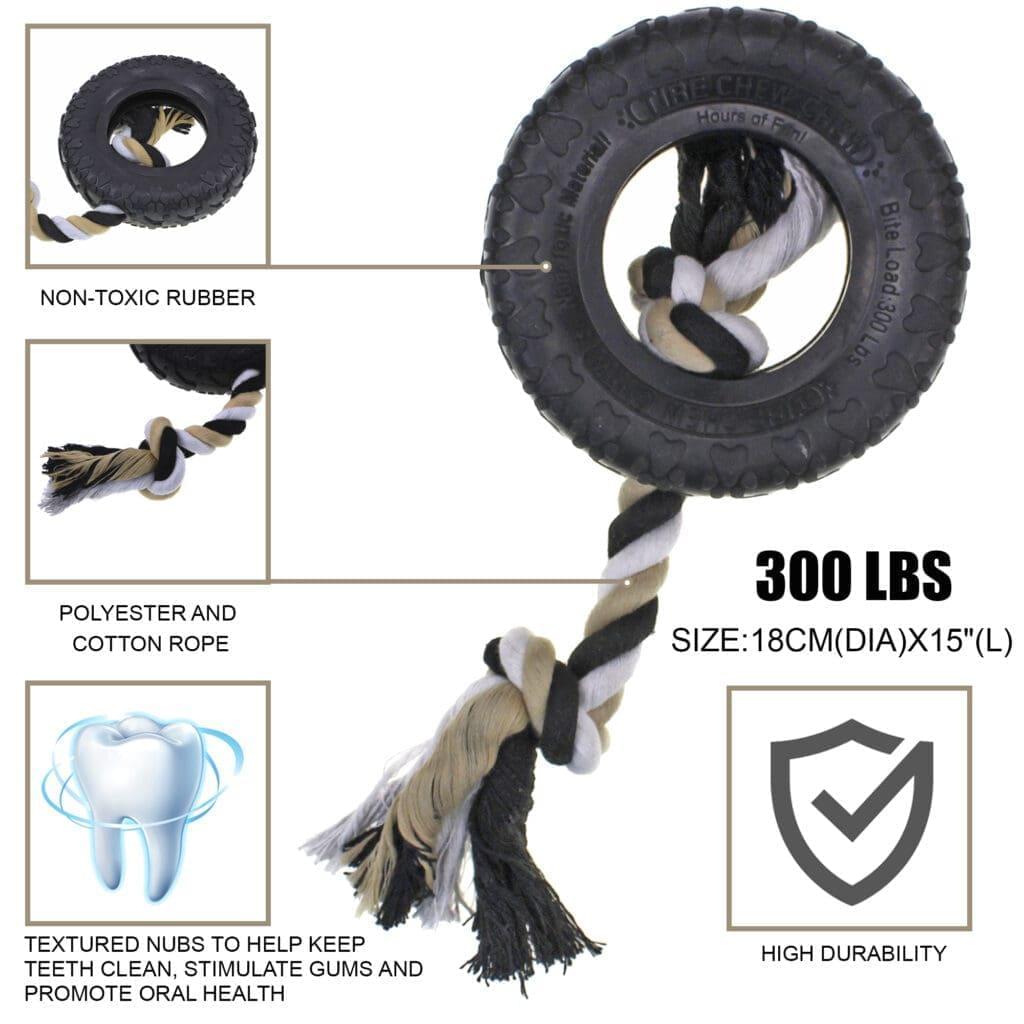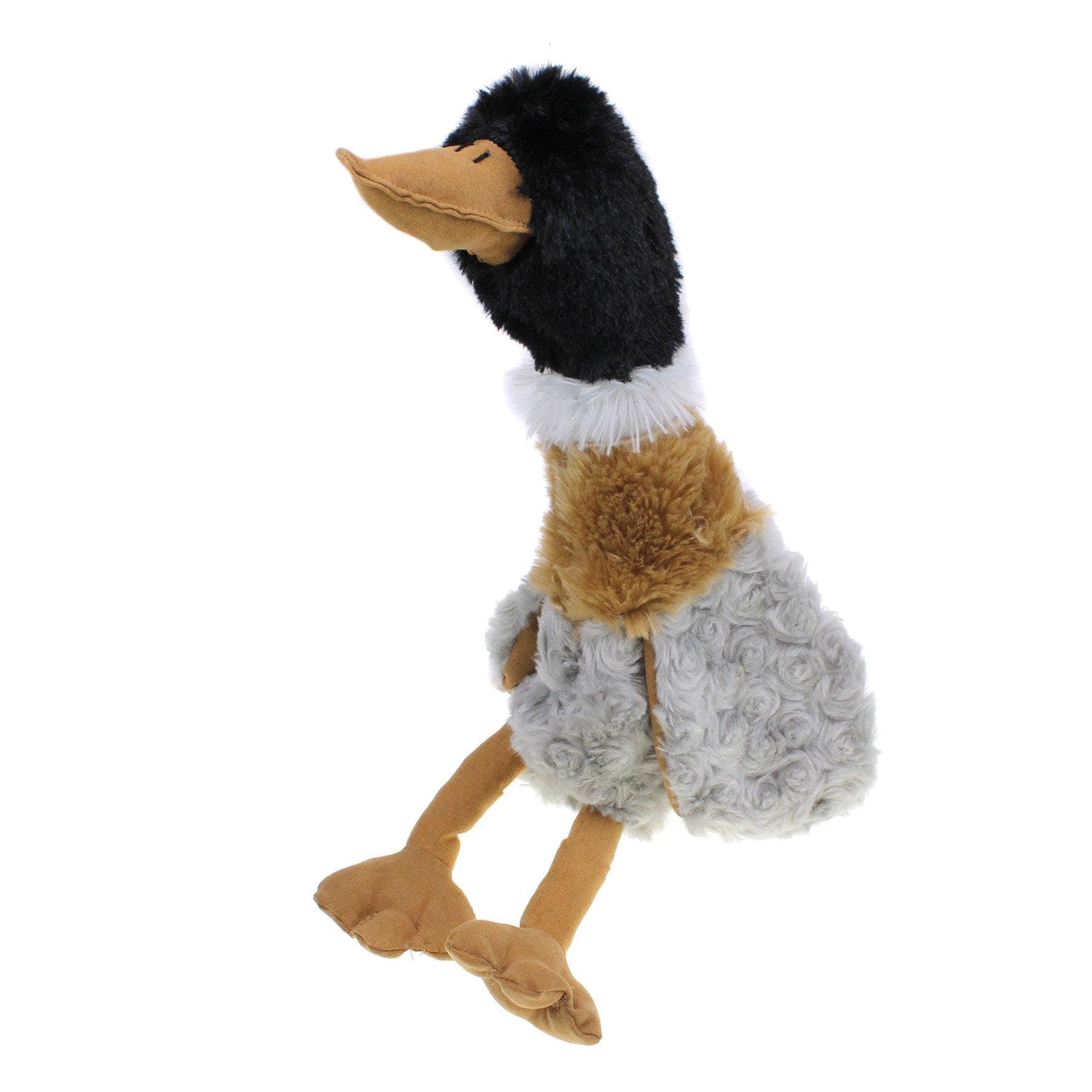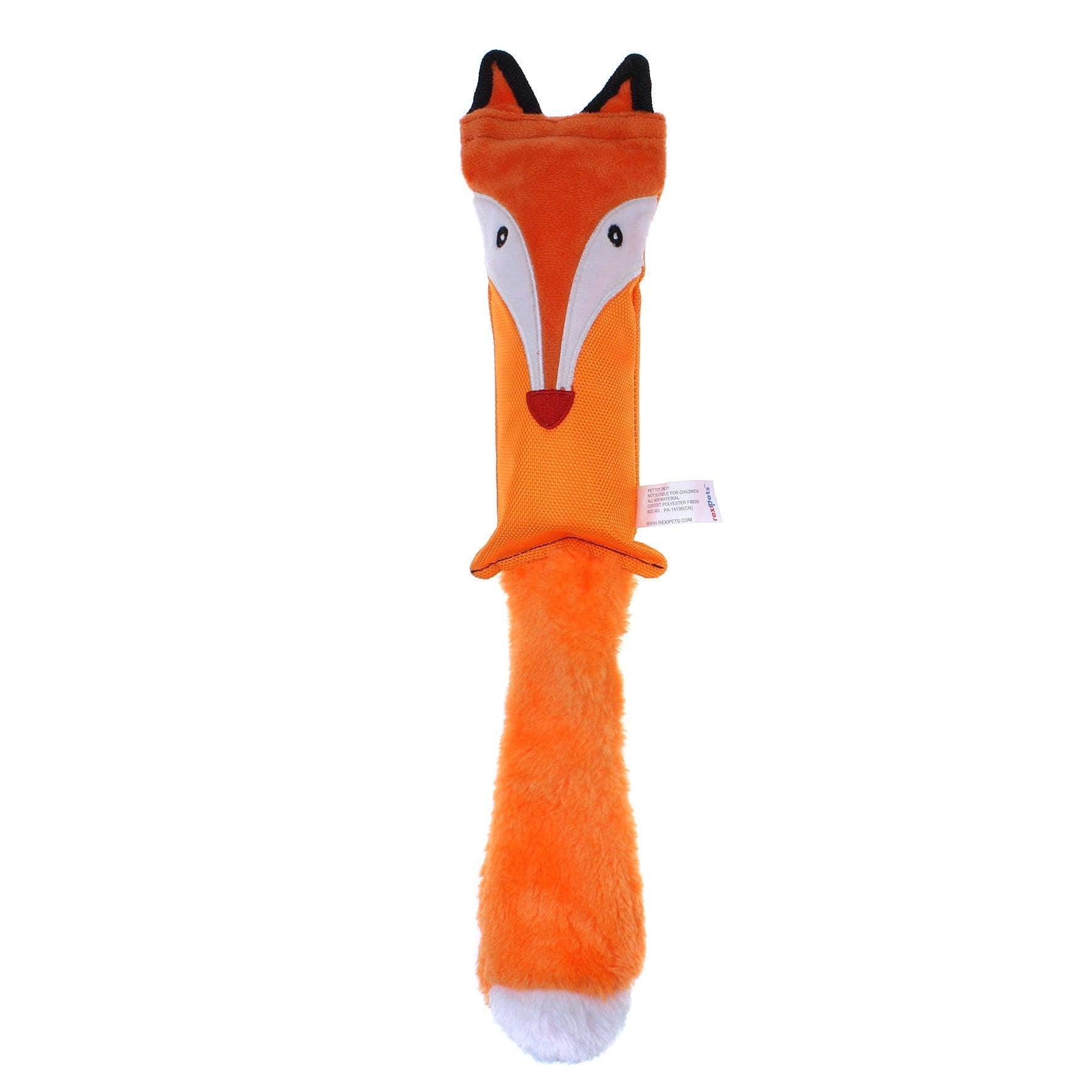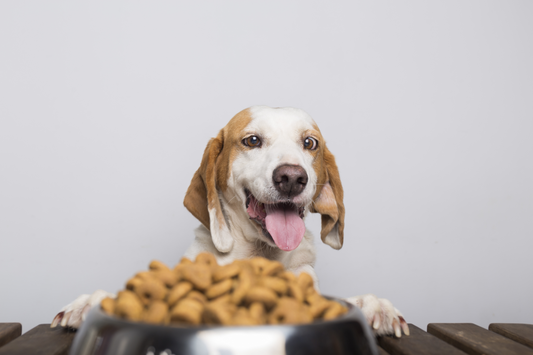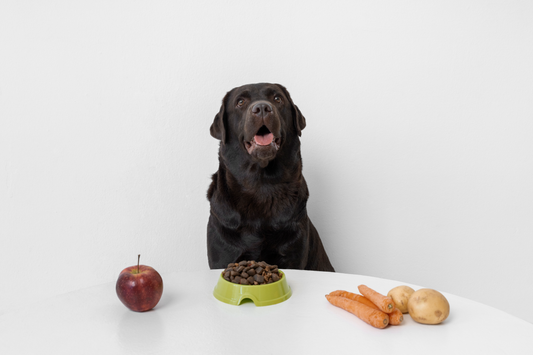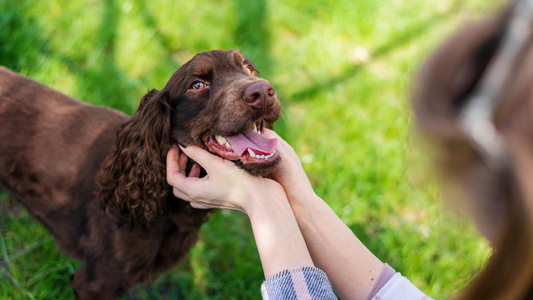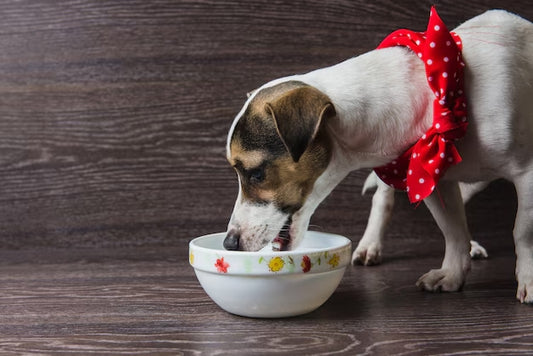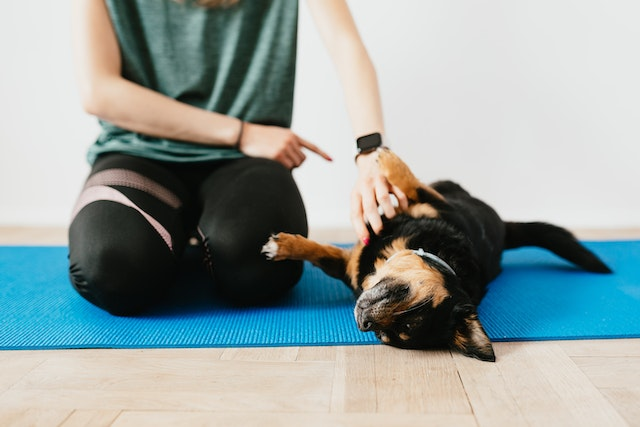
Are you a new dog parent who is trying to train your dog? Or are you one of the seasoned dog owners trying to introduce discipline dog training to your dog?
Well, whatever the case, we got you!
Teaching your furry friend the "place" command is a total game changer for dog owners. It's like potty training and the recall, but even more life-changing.
Luckily, teaching the "place" command isn't rocket science. With patience and a few weeks of consistent training, you can master it.
But here's the catch: "Place" training isn't just some fancy party trick like rolling over or shaking paws. It's about integrating it smoothly into your daily routine until it becomes second nature for you and your pup. It's more of a lifestyle habit than a simple trick.
This training helps your dog learn discipline, self-control, and confidence. Plus, it's not just a convenient tool. It can still address behavioral issues and save your furry friend's life.
In this article, we will cover how dogs learn the place command and how you can teach your dog the place command.
So, let's go on a journey to learn all about the place command.
What is the Place Command for Dogs?
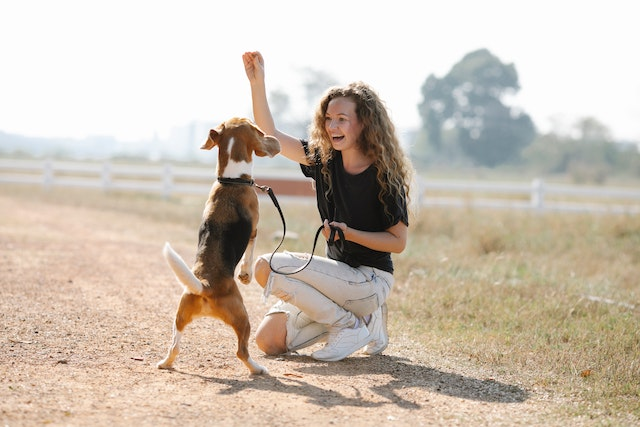
The place command is like a superpower for dog owners. It's all about teaching your furry friend to chill out. Hence it's an essential part of dog training.
This command gives them a specific task instead of allowing them to make their own decisions.
Let's be honest; when dogs choose their jobs, things can get pretty messy. We're talking about the following:
- Barking like maniacs when the doorbell rings
- Rushing to the door like it's a race
- Jumping all over your guests
- Begging shamelessly at the dinner table
- Wreaking havoc at home by chewing up things they shouldn't
- Tearing apart their toys out of aggression or simply excitement
So, when you say "place," it's like telling your pup, "Hey, go to that spot over there and stay put until I say so." They don't have a choice but to obey. And guess what? With a bit of persistence and training, they take that job seriously. Their mission is to stay in that spot like it's their bread and butter.
Once your furry friend starts getting the hang of it through consistent practice, the place command becomes their secret weapon for calming down and staying put. It's their go-to move when they need to chill or when you need them to stay in one place without any funny business.
Things You Should have for Teaching Your Dog the Place Command
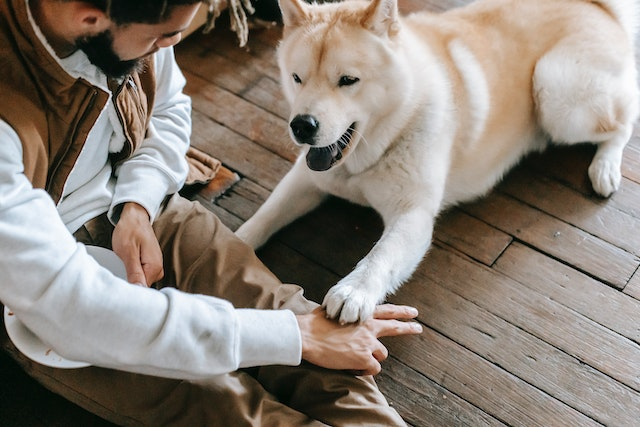
The beauty of the place command is that you don't require fancy equipment to get started. You only need a placemat, some treats, and a leash.
Dog owners often use cots to train their dogs, but they can be bulky to carry around. Teaching your dog to use various objects as their place spot makes life much easier. The key is to find something with clear boundaries.
Some other objects that can serve as makeshift "placemats" can include -
- Towels
- Backpacks
- Washcloth
- Car
- Tent
- Scale
- Doormat
- Blankets
- Piece of paper
You can get as creative as you want and use whatever object is available as a makeshift "place board" for your dog.
Step-by-Step Guide on Teaching Your Dog the Place Behavior
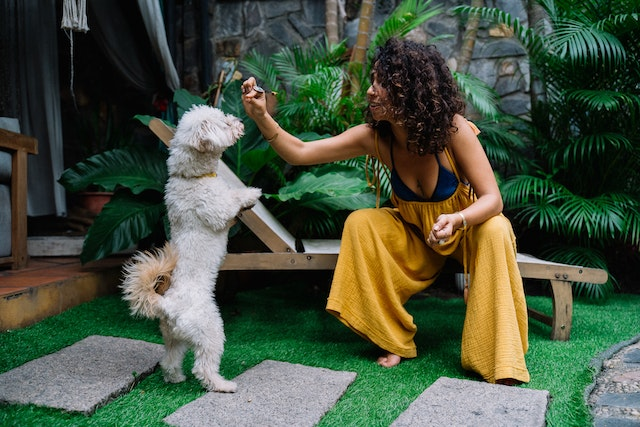
We have compiled a step-by-step guide as a training session for you to follow so that you can get your pup to be the most well-behaved dog on the block!
Step 1 - Strategize and Prep
Make sure you strategically scatter the dog bed, mats, or crates over your house. You can place them near the kitchen, the cozy living room sofa, the hallway, or right by your bed. The idea is to have a spot ready for your dog to go when you give the "place" command, no matter where you are in the house.
Instead of treating place training as a one-time event that you do for ten minutes daily, try integrating it into your daily routine in short bursts. Keep anywhere from 30 seconds to three minutes for quick sessions sprinkled throughout the day.
This way, your dog will learn to the place cue and associate the command with finding their designated spot. And do it at your dog's pace.
So, set up those beds and mats, and be prepared to work on place training whenever and wherever you and your pup are hanging out!
Step 2 - Introduce a reward
When getting your dog onto the dog bed or crate, use their favorite treat as a lure. Remember, this process will take some time, depending on their comfort. Some dogs will eagerly hop on, while others may require additional time to get used to the new spot.
Either way, it's beautiful. At this stage, you don't need to use the cue word "place." Simply let your dog sniff the treat and approach the mat. If they jump right on, make a high-pitched sound like saying "Yes!" to indicate they have done it correctly and reward them promptly.
If your dog is more hesitant, reward them for taking small steps. Start by praising and treating them for putting a paw on the mat. Then gradually encourage them to put two paws on, and so on. The key is to build their confidence slowly.
During the training, keeping your body language light, confident, and happy is essential. Dogs pick up on our emotions, so maintaining an upbeat demeanor will help create a positive association with the training process.
If you start feeling frustrated, it's best to return to the last step your dog successfully accomplished, reward them for it, and end the training session there. Remember, never train your dog when you're in a bad mood; creating a positive and enjoyable atmosphere for both of you is crucial.
Step 3 - Train to lie down
Once your dog is accustomed to eagerly going onto the mat, bed, or crate for a treat, you can use the treat as a lure to guide them into a lying down position. Once they successfully lie down, you can reward them.
Repeat the process because it will help your dog grasp the idea. However, after a few repetitions, refrain from rewarding your dog solely for being in their designated spot unless they're also in the down position.
They might become confused and jump off, sit, or bark. Simply ignore these behaviors and wait for them to voluntarily offer the down position. As soon as they lie down, use positive reinforcement like saying "yes!" or using a clicker, and then provide a reward.
Step 4 - Introduce the cue
Once your dog realizes that going onto the rug leads to rewards and starts rushing onto it independently, you can introduce the "place" command.
Give the command right as they get on the bed or enter the crate so they begin associating the action of getting on the mat with the word "place." You can also extend your hand and point at the mat to introduce a hand signal.
Gradually, give the cue slightly earlier, just a few seconds before your dog climbs onto the mat, and eventually give the command first.
Step 5 - Increase time and distance
Once your dog grasps the concept of responding to the "place" command by going to the designated mat or bed and lying down, it is about time you can add some difficulty to the training.
Begin by throwing treats onto the mat and briefly stepping away while they focus on the treats. Quickly step back and reward them again before they try to follow you.
If they accidentally hop off the mat as you move away, calmly say "nope" and guide them back without providing a reward. Repeat the process, but this time, increase your speed when stepping out and returning to reward them for staying on the mat.
Gradually increase the distance as you step back, ensuring you always return and reward your dog before they break the command. If they make a mistake, gently say "nope" and guide them back to the mat.
Keeping the training sessions brief and ending on a positive note is crucial. Over time, gradually increase the distance and duration of your dog's stay on the mat.
Step 6 - Introduce distractions
Once your dog understands the place command and can remain in that position for at least fifteen minutes, it's time to introduce distractions. Start with small distractions to set your dog up for success.
Roll your dog's favorite toy gently past them while they are on the mat. If your dog is highly motivated by play, it might be helpful to have them on a long leash so you can control any impulsive reactions.
If your dog tries to go after the dog toys, calmly use the "nope" procedure and guide him back to the mat. Repeat the distraction and observe your dog's response. When your dog successfully stays in place despite the distraction, give the release cue or word and provide a reward.
Gradually increase the level of distractions in this manner. Have someone repeatedly ring the doorbell until your dog learns it can maintain its position even after the person has left. Similarly, if you want to take it to the next level, jump around and make funny sounds to further challenge your dog's focus.
The key is gradually desensitizing your dog to anything that might attract them to break the place command before the release word is given.
Step 7 - Take it outside
Once your puppy has nailed mat training indoors and can chill out on their mat while you cook or when the mailman shows up, it's time to take things outside. Roll up that trusty mat and bring it along with you.
Start in the yard, telling your dog to "place" while you tackle some gardening or other outdoor tasks. Then gradually venture afield, teaching your furry friend to find their spot in parks, on the vet's table, or even in the back of your car.
The aim is to teach the idea of "place" in different outdoor settings, helping your dog understand that it should settle on its mat no matter where you are. It's all about reinforcing their training and showing them they can stay calm and focused in any environment.
When to Use the Place Command?
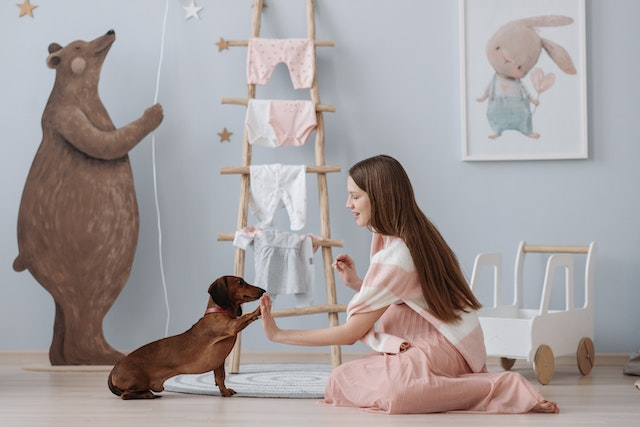
Once your dog masters the "place" command, it's amazing how versatile it becomes in all aspects of your life.
The "place" command can be applied in various scenarios to ensure a well-behaved and controlled dog. For instance, having your dog underfoot can be dangerous and lead to accidents when you're busy cooking in the kitchen. Using the "place" command, you can keep your dog in a designated area, preventing mishaps.
And let's not forget about mealtime. We all love our dogs, but having them stare at us with those big, begging eyes while trying to enjoy our food can be a bit much. With the "place" command, you can teach your pup to hang out in its own spot, leaving you to savor your meal in peace.
Oh, and how can we forget when the doorbell rings and some guests drop by unexpectedly? Wouldn't it be nice if your dog didn't pounce on them like an overly enthusiastic ball of fur? With the "place" command, you can train your furry buddy to stay put and greet visitors in a more polite and controlled manner.
Some dogs tend to get aggressive around strangers, which can be a real concern. Having a command like "place" can be a lifesaver in those situations. You can send your pup straight to its crate or designated area when you have people over, ensuring everyone's safety and peace of mind.
Place training can work wonders if your dog gets too attached and suffers from separation anxiety. It can help build their confidence and teach them how to cope with being separated from you, giving both of you some much-needed breathing space.
Even trips to the vet can be less of a hassle with the "place" command. Getting your pup to calmly stay on the scale for their weigh-in becomes a breeze when they've mastered the art of chilling out on their mat.
This list shows that place training your dog can make a difference in your relationship. It's just as essential as having your pup walk calmly on a leash. So what is stopping you? Go ahead and try it. You'll be amazed at its positive impact on you and your four-paws buddy.
Final Words!
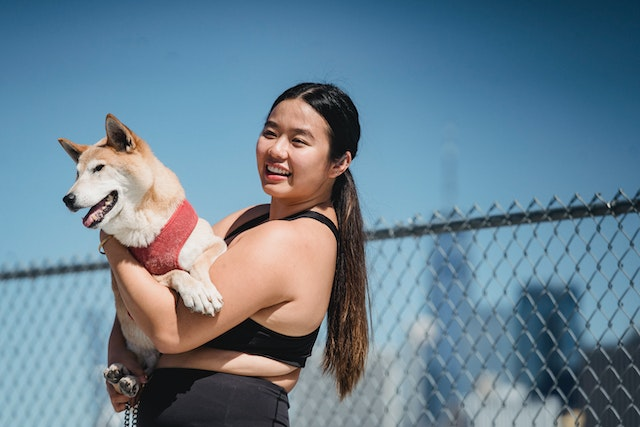
We hope you got the answer to your question about how to teach a dog place command.
To wrap it up, teaching your dog the "place" command is a fantastic way to instill discipline and good behavior. Just remember to start with a designated spot, use positive reinforcement with your dog's favorite treats, use the release word, and keep the training sessions short and fun.
Once your dog has mastered the command indoors, take it outside and expand their skills to different environments. Your furry friend will learn to find their spot and stay put with practice and consistency.
So grab that dog mat, be patient, and enjoy the rewards of being the dog trainer/parent of a well-trained and well-behaved dog.
